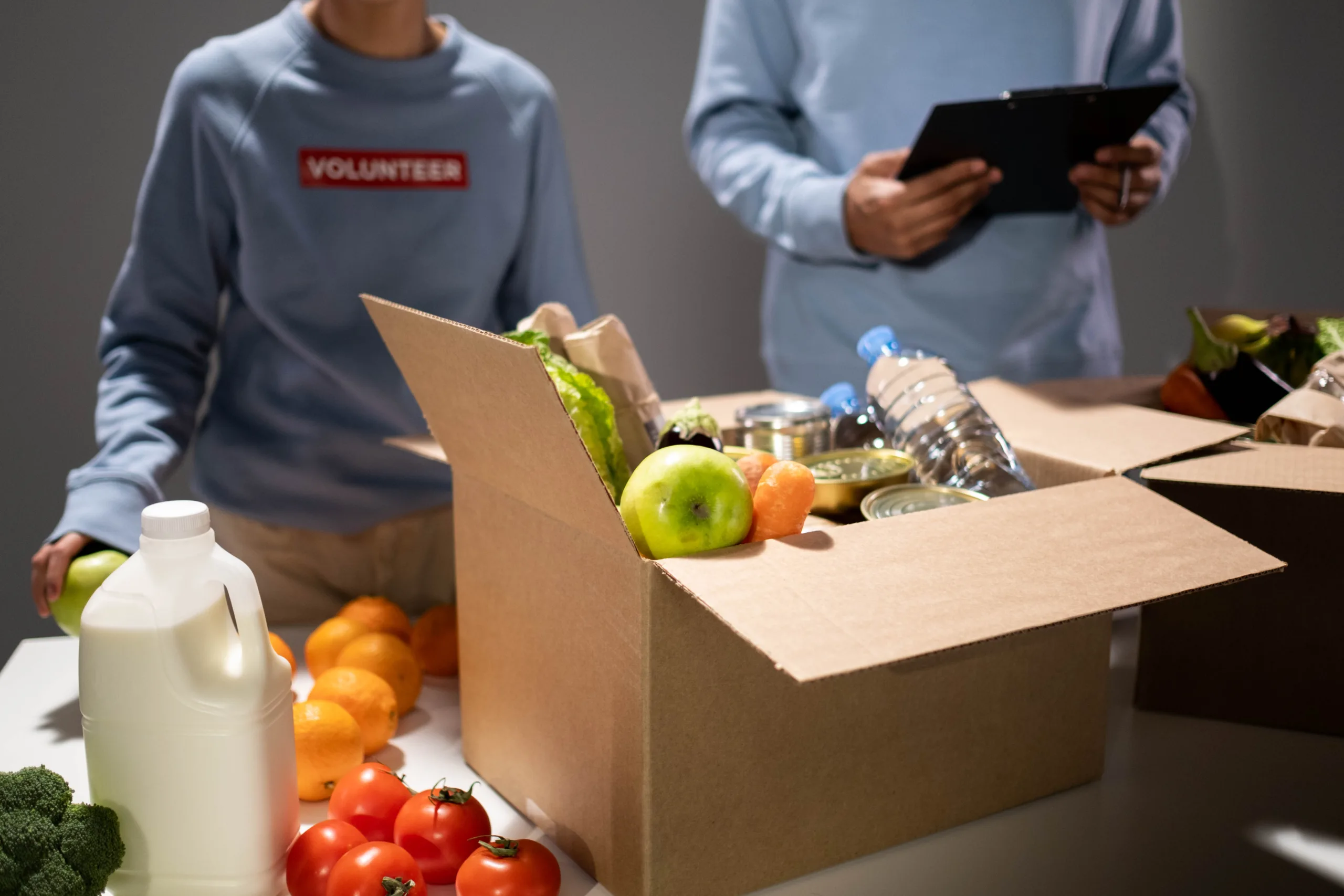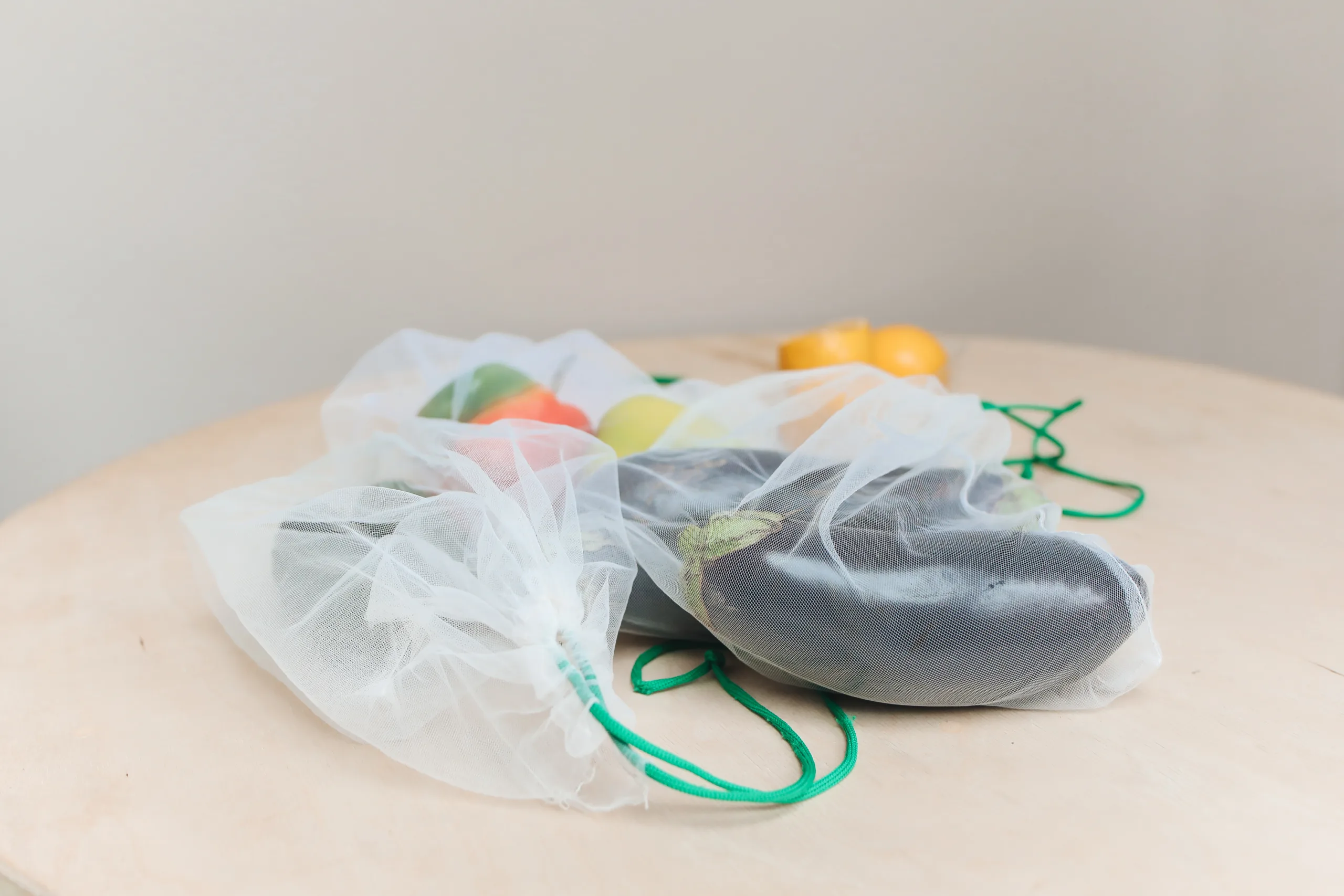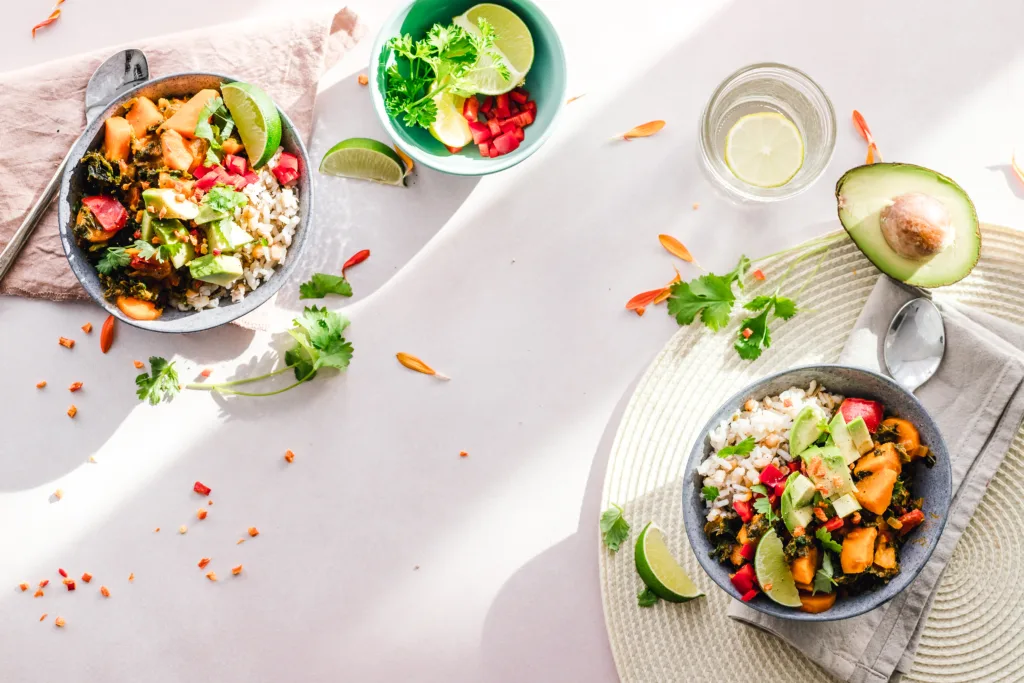Eating a healthy and balanced diet is essential to staying in good health. However, for some people, certain foods can cause digestive issues that can be uncomfortable and disrupt daily life. Fortunately, there are plenty of low FODMAP vegetables that are nutritious and easy to incorporate into meals. In this article, we will explore the best low FODMAP vegetables, their health benefits and how to cook them. We will also look at how to incorporate these vegetables into a delicious meal plan.
Low FODMAP vegetables are vegetables that contain low levels of Fermentable Oligosaccharides, Disaccharides, Monosaccharides, and Polyols. These are types of carbohydrates that can be difficult for some people to digest, causing digestive discomfort. Examples of Low FODMAP Vegetables include bell peppers, carrots, cucumbers, lettuce, squash, tomatoes and zucchini.
Vegetables That Are Tolerable on a Low FODMAP Diet
Eating a healthy diet can be difficult if you have a sensitive digestive system. If this is the case, you may benefit from following the low FODMAP diet. FODMAPs are certain carbohydrates found in food that can trigger digestive symptoms such as bloating, abdominal pain and diarrhea. While some vegetables are high in FODMAPs and should be avoided, there are plenty of vegetables that are low in FODMAPs and can be enjoyed on a low FODMAP diet.
These include celery, bok choy, eggplant, cucumber, kale, spinach, carrots, zucchini and bell peppers. Many of these vegetables can be eaten raw or cooked depending on your preference. Additionally, onions and garlic are high in FODMAPs but small amounts of the green parts of onions or garlic-infused oil can be used for flavor without triggering symptoms.
Root vegetables such as potatoes, sweet potatoes and turnips are also low in FODMAPs and can make excellent side dishes or additions to salads and soups. All types of mushrooms including button mushrooms, cremini mushrooms and shiitake mushrooms are low in FODMAPs too so they make great additions to dishes.
It is important to note that some vegetables such as broccoli, cauliflower and cabbage contain moderate amounts of FODMAPs so they should only be consumed in small servings or omitted altogether if necessary. Be sure to include plenty of other low-FODMAP vegetables into your diet for optimal nutrition.
By following a low-FODMAP diet you don’t have to give up all your favorite foods—just select appropriate substitutions! Many people find relief from their digestive symptoms when following this type of diet so it may be worth trying if you experience discomfort after eating certain foods.
Low FODMAP Vegetables to Enjoy
Eating a healthy, balanced diet is important for everyone, but it can be especially tough for those following a low FODMAP diet. Fortunately, there are plenty of delicious low FODMAP vegetables to enjoy.
One great option is kale. Kale has a mild flavor and can be used in salads, stir-fries, and soups. It’s also packed with vitamins A, C, and K!
Another tasty vegetable is bell peppers. Bell peppers are versatile and can be used in salads or cooked into sauces and soups. They have a mild flavor and provide vitamin C and lycopene.
Carrots are also an excellent choice for those on a low FODMAP diet. Carrots are crunchy, sweet, and full of fiber and vitamins A and C. They can be eaten raw or cooked in dishes like soups or casseroles.
Click here to preview your posts with PRO themes ››
Green beans are another great vegetable to add to your low FODMAP meals. Green beans are packed with fiber, folate, vitamin C, and iron. They can be eaten raw or cooked into dishes like stir-fries or roasted vegetables.
Broccoli is also an excellent option for those following a low FODMAP diet. Broccoli is high in fiber and vitamins A, C, E, K1 & K2 as well as folate & magnesium – all of which help keep your gut healthy! It’s delicious when cooked with garlic or other spices for added flavor.
Finally, zucchini is an excellent source of fiber as well as many vitamins including vitamin C & B6! Zucchini can be enjoyed raw or cooked into dishes like stir-fries or baked goods like zucchini bread!
Overall, there are plenty of delicious low FODMAP vegetables to choose from that will help you maintain a balanced diet while following the low FODMAP diet guidelines. Eating these vegetables regularly will ensure you get all the essential nutrients your body needs!
Green Vegetables on a Low FODMAP Diet
Green vegetables are a great addition to any healthy diet, but they can be tricky to navigate when following a low FODMAP diet. Green vegetables are generally low in FODMAPs, but some contain higher amounts of certain FODMAPs than others. Understanding the different types of green vegetables and how much of each you can eat is key to following the low FODMAP diet successfully.
The key to eating green vegetables on a low FODMAP diet is to focus on the ones that are lower in FODMAPs. These include leafy greens such as lettuce, spinach, kale, and arugula; cruciferous vegetables like broccoli, cauliflower, and Brussels sprouts; and other green vegetables like asparagus and zucchini. Most of these can be eaten in larger quantities without triggering symptoms.
It’s important to be aware that some green vegetables contain larger amounts of certain FODMAPs than others. For example, artichokes are high in fructans, so they should be avoided or eaten in smaller quantities if you’re following a low FODMAP diet. Similarly, peas contain higher amounts of galacto-oligosaccharides (GOS), so it’s best to limit your intake if you’re following the diet.
Overall, green vegetables can be an important part of a healthy low FODMAP diet. Just make sure you focus on the ones that are lower in FODMAPs and limit your intake of the ones that contain higher amounts. This will help ensure that your symptoms remain under control while still getting all the nutrients you need from these nutrient-packed foods!
Non-Starchy Vegetables on a Low FODMAP Diet
Eating low FODMAP foods is important for those who suffer from digestive conditions such as IBS. Non-starchy vegetables are a great way to make sure you are getting the vitamins and minerals you need while also keeping your diet as low FODMAP as possible. There are many different types of vegetables that are low in FODMAPs and can be incorporated into your everyday meals. Some of these include lettuce, spinach, tomatoes, carrots, celery, cucumber, bell peppers, green beans, eggplant, zucchini, squash and mushrooms.
When it comes to cooking with non-starchy vegetables on a low FODMAP diet, it’s important to keep in mind that some vegetables may need to be cooked differently in order to reduce their FODMAP content. For instance, mushrooms should be cooked on a lower heat for longer periods of time in order to break down the FODMAPs they contain. Additionally, it’s important to avoid adding high FODMAP ingredients such as garlic or onions when preparing dishes with non-starchy vegetables.
Click here to preview your posts with PRO themes ››
In addition to cooking methods, there are also other ways you can incorporate non-starchy vegetables into your diet while still keeping it as low FODMAP as possible. For example, adding lettuce or spinach leaves to salads or wraps is a great way to increase your vegetable intake without risking triggering any of your digestive symptoms. Additionally, grilling or roasting vegetables can also provide a delicious way to get more non-starchy veggies into your diet.
Overall, by making sure you incorporate plenty of non-starchy vegetables into your diet on a low FODMAP plan you can ensure that you are getting all the essential vitamins and minerals needed for optimal health while still managing any digestive symptoms caused by IBS or other digestive conditions.

Cooked vs. Raw Low FODMAP Vegetables
Low FODMAP vegetables are a great way to get the essential vitamins, minerals, and fiber we need in our diets. Whether you’re following a low FODMAP diet for digestive health or just trying to eat more healthily, understanding the differences between cooked and raw low FODMAP vegetables can help you make informed decisions about what to include in your meals.
When it comes to cooked vs. raw low FODMAP vegetables, there are pros and cons to both options. Generally, raw vegetables contain more vitamins and minerals than their cooked counterparts since cooking can cause some nutrients to be lost in the process. On the other hand, cooking can reduce some of the naturally occurring sugars found in certain vegetables which may be beneficial for those following a low FODMAP diet. Additionally, cooked vegetables may be easier to digest than raw due to their softer texture and reduced fiber content.
It is important to note that not all vegetables should be consumed raw or cooked – some are best enjoyed in both forms! For example, sweet potatoes have higher levels of antioxidants when eaten raw but can also provide important nutrients when cooked. Similarly, tomatoes have higher levels of lycopene when cooked but contain more vitamin C when eaten raw. Ultimately, it is important to consider both the benefits and drawbacks of consuming either form of these low FODMAP vegetables in order to make informed decisions about what is best for your individual needs and dietary preferences.
High-Fiber Options for a Low FODMAP Diet
Eating a low FODMAP diet can be difficult, especially when you’re trying to get enough fiber. Fortunately, there are plenty of high-fiber options available for those following a low FODMAP diet.
One of the best sources of fiber is fruits and vegetables. Most fruits and vegetables are naturally low in FODMAPs, so you can eat them freely without worrying about triggering symptoms. Apples, oranges, bananas, carrots, celery, and spinach are all good sources of fiber that are easy to incorporate into your diet.
Beans and legumes are another great source of fiber. While beans such as black beans and kidney beans contain higher levels of FODMAPs than some other types of legumes, they can still be enjoyed in moderation. Lentils and chickpeas have moderate levels of FODMAPs and make a great addition to salads or soups.
Click here to preview your posts with PRO themes ››
Nuts and seeds are also good sources of fiber. Almonds, walnuts, chia seeds, pumpkin seeds, and sunflower seeds are all low in FODMAPs and offer plenty of fiber to keep your digestion running smoothly.
Whole grains are also an excellent source of dietary fiber. Oats are low in FODMAPs and make a great base for breakfast bowls or smoothies. Quinoa is another great choice that is packed with both protein and fiber. Brown rice is also a good option for those following a low FODMAP diet who want to get more fiber into their diets.
In addition to these high-fiber foods, there are also some supplements that can help boost your intake of dietary fibers while on a low FODMAP diet. Psyllium husk powder is one such supplement that is derived from the husk portion of the psyllium plant seed–it’s an excellent source of soluble dietary fibers that helps regulate digestion as well as providing bulk in the gut. Another option is ground flaxseed meal which contains both soluble fibers as well as essential fatty acids.
By including these high-fiber options into your diet while following a low FODMAP diet you can ensure that you’re still getting enough dietary fibers without risking triggering any symptoms associated with IBS or other digestive issues related to eating high-FODMAP foods.
Frozen vs. Fresh Low FODMAP Vegetables
When it comes to eating a low FODMAP diet, navigating the grocery store can be tricky. One of the biggest decisions you may have to make is whether to buy fresh or frozen vegetables. Both options have their pros and cons, so understanding the differences between them can help you make an informed choice.
Fresh vegetables are packed with nutrients, and they taste delicious when cooked properly. However, fresh vegetables can also be expensive and require more preparation than frozen ones. You may also find that some fresh vegetables don’t stay fresh for a long time, so you need to use them quickly before they spoil.
Frozen vegetables are generally more affordable than fresh ones and require very little preparation. All you need to do is pop them in the microwave or oven for a few minutes and they’re ready to eat! The downside is that frozen vegetables may not taste as delicious as their fresh counterparts, but they will still provide you with essential vitamins and minerals.
When it comes to choosing between frozen or fresh low FODMAP vegetables, it really comes down to personal preference and budgeting considerations. If you have the time and money for fresh produce, then go for it! But if convenience is your priority, then frozen veggies are definitely worth considering.

Conclusion
Low FODMAP vegetables can be a great addition to any diet plan. They are not only low in FODMAPs, but also offer many nutritional benefits. They are high in fiber, vitamins, minerals, and antioxidants that can help your digestive health as well as your overall health. There is a wide variety of low FODMAP vegetables, so it’s easy to add them to your diet in a variety of ways. You can enjoy them raw or cooked, as part of a main dish or side dish. Low FODMAP vegetables can be an easy way to add extra nutrition to your diet and keep your digestive system running smoothly.
Incorporating low FODMAP vegetables into your diet is a great way to get the nutrients you need while ensuring that you stay within the low FODMAP guidelines. With the wide variety of options available, you can easily create delicious meals that will provide you with the nutrition you need and leave you feeling satisfied. So don’t hesitate – start adding these nutritious and delicious low FODMAP veggies into your meals today!

